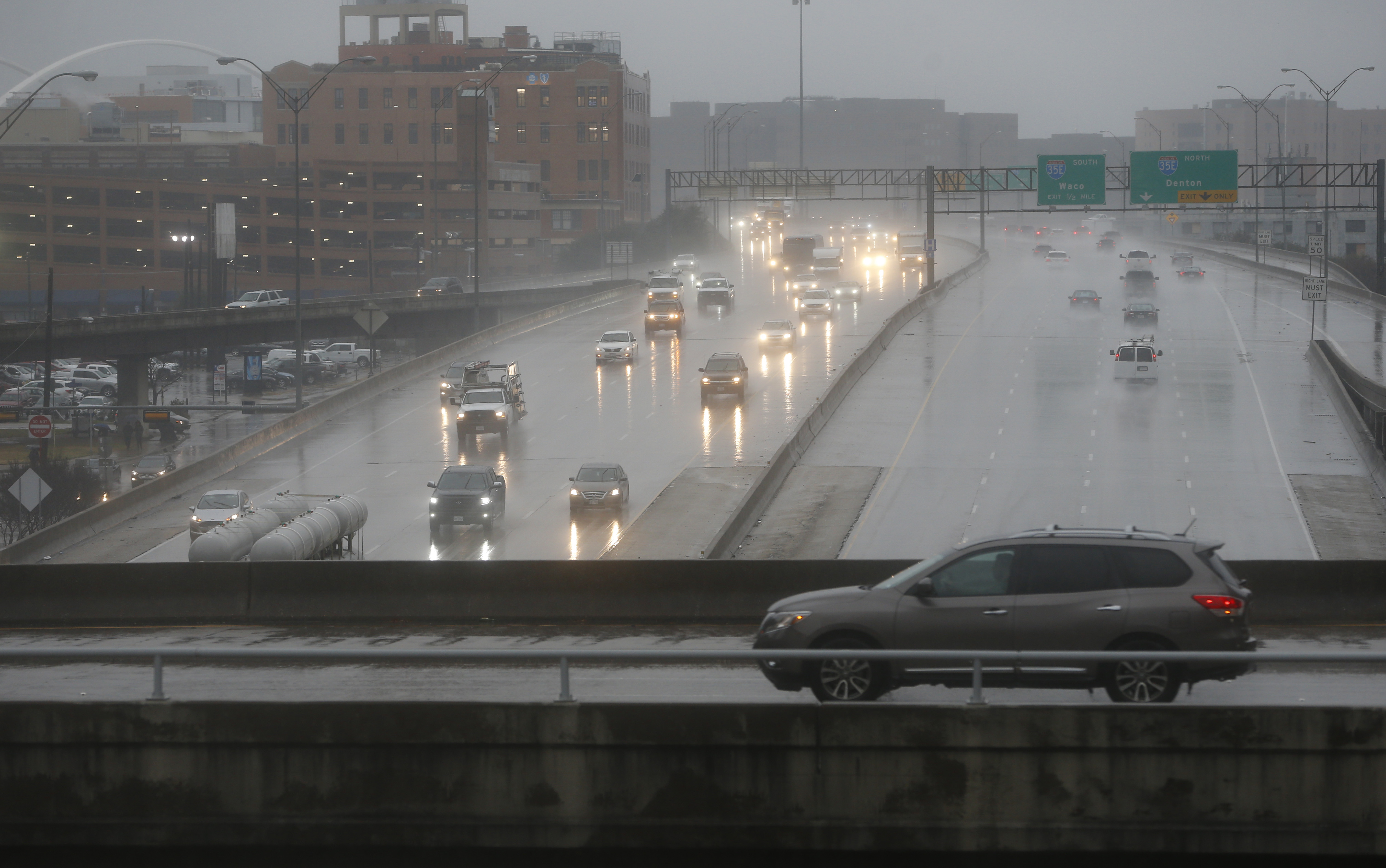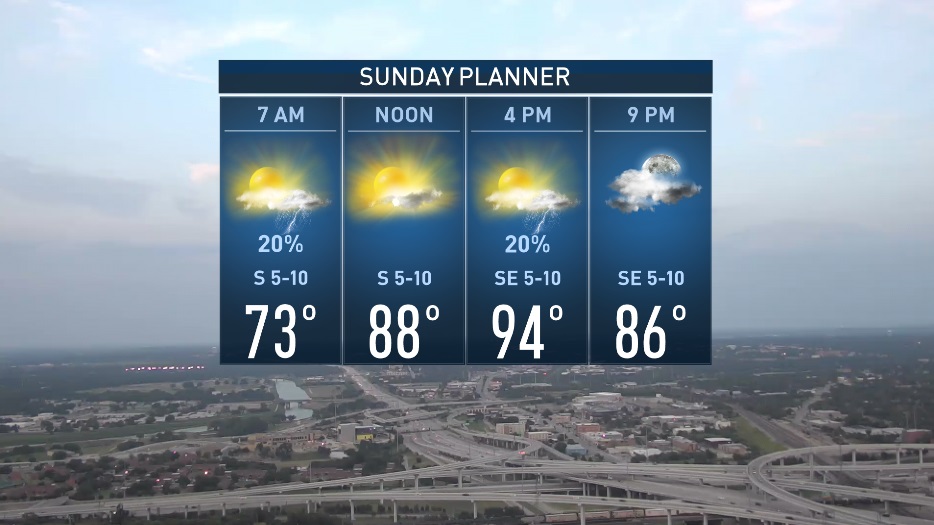
: 2–3Īir traffic control at Little Rock had originally told Flight 1420 to expect an approach to runway 22L. : 3 The flight crew discussed the weather reports, but decided to expedite the approach rather than diverting to the designated alternate airport ( Nashville International Airport) or returning to DFW. : 2Īt 23:04 (11:04 pm), air traffic controllers issued a weather advisory indicating severe thunderstorms in an area that included the Little Rock airport, : 2 and the flight crew witnessed lightning while on approach. : 2 The airline substituted another MD-80, tail number N215AA, which allowed Flight 1420 to depart DFW at 22:40 (10:40 pm). The first officer notified the airline's flight dispatcher that the flight crew would, therefore, be unable to depart after 23:16 (11:16 pm). : 2 Airline policy set a maximum pilot duty time of 14 hours, and Flight 1420 was the flight crew's last flight of the day. : 2 Adverse weather caused the plane that was intended for Flight 1420 to be delayed in arriving at DFW. : 1 The flight crew was advised before boarding that the departure would be delayed, and that the National Weather Service had issued in-flight weather advisories indicating severe thunderstorms along the planned flight path. : 11 Flight and weather conditions įlight 1420 was scheduled to depart DFW at 20:28 (8:28 pm) Central Daylight Time and arrive in Little Rock at 21:41 (9:41 pm). : 11įlight 1420 was staffed with four flight attendants, all of whom were qualified on the MD-80 and had recently received refresher training on emergency procedures. : 11 However, the first officer had trained as a pilot with the United States Navy and had prior commercial flight experience as a corporate pilot, with a total of 4,292 hours of experience at the time of the incident. : 10 The first officer had been with the airline for less than a year, and had only 182 hours of flight time with American Airlines as an MD-80 pilot. The flight's first officer was Michael Origel, age 35.
#WEATHER DALLAS SERIES#
Experienced at flying the Boeing 727 for American, he transitioned to flying the twin-engined MD-80 series in 1991. He held the rank of lieutenant colonel with the US Air Force Reserve Command, and was hired by American Airlines in July 1979. : 10 Buschmann graduated from the United States Air Force Academy in 1972, serving in the Air Force until 1979. : 116 Flight crew įlight 1420 was commanded by Captain Richard Buschmann, age 48, an experienced pilot with 10,234 flight hours, nearly half of which were accumulated flying the MD-80 series of aircraft. : 13 The radar weather system had a forward-looking design that offered the flight crew only a limited field of view in front of the aircraft. The aircraft was equipped with X-band weather radar, which is susceptible to attenuation during heavy precipitation, and did not have an attenuation alert to warn the flight crew of system impairment during heavy rainfall. : 12 The aircraft was powered by two Pratt & Whitney JT8D-217C turbofan jet engines. : 12 It was delivered new to American Airlines in 1983, and had been operated continuously by the airline since, accumulating a total of 49,136 flight hours.
#WEATHER DALLAS REGISTRATION#
The aircraft involved in the incident was a McDonnell Douglas MD-82 ( registration N215AA ), a derivative of the McDonnell Douglas DC-9 and part of the McDonnell Douglas MD-80 series of aircraft. Seating chart for American Airlines Flight 1420 created by the NTSB, revealing the location of passengers and lack of injury, severity of injuries, and deaths Eleven of the 145 people aboard were killed-the captain and 10 passengers.

On June 1, 1999, the McDonnell Douglas MD-82 operating as Flight 1420 overran the runway upon landing in Little Rock and crashed.


* Updated субота 16 Липень 2022 p.N215AA's final position, having overrun the runway and crashed into the runway approach lights


 0 kommentar(er)
0 kommentar(er)
